Simple Tricks To Cut Calories
 I hate diets and so do most of my clients in San Antonio, Texas. That’s why healthy eating is so popular. It’s not about depriving yourself, but more about making small changes and smarter food choices. It’s about making substitutions that you don’t notice in taste or satisfaction, but increase the nutrition and lower calories. Here are some tricks to cut calories that save a few calories. It may not seem like much, but add all those small changes together and you’ll notice weight loss is easy.
I hate diets and so do most of my clients in San Antonio, Texas. That’s why healthy eating is so popular. It’s not about depriving yourself, but more about making small changes and smarter food choices. It’s about making substitutions that you don’t notice in taste or satisfaction, but increase the nutrition and lower calories. Here are some tricks to cut calories that save a few calories. It may not seem like much, but add all those small changes together and you’ll notice weight loss is easy.
Fill up on salad and fiber foods.
Think of fresh fruit and vegetables as bargain priced when it comes to spending your daily calorie allotment. They have fiber to fill you up and provide nutrition without tons of calories. Always start a meal with a salad or fresh veggies. Eat slowly and skimp on the dressing or leave it on the side and dip your salad or veggies each bite. Use nuts, not croutons as toppers. Use mixed greens or spinach instead of iceberg for far more nutrients. Drink water and not a soft drink or sweet tea for extra calorie savings.
The main dish is often where the calories are, next to the dessert, of course.
If you’re trying to shed a few pounds, how your food is cooked is important. Grill, broil, boil or bake, never fry. Frying adds plenty of extra calories. New air fryers seem like a great option, but watch out for the breading and extra oil necessary. Keep it to a minimum. Get grassfed beef and free range chicken or chicken eggs. These animal products have more nutrients, not to mention a healthier lifestyle. Be aware that free range doesn’t always mean the chickens ran free. They may spend an hour outside the coup. Look for “Animal Welfare Approved” on the packaging for true free range eggs and poultry.
Use visual trickery.
Smaller plates has always been recommended, but it doesn’t always work, unless you’ve always been member of the plate cleaner’s club and eat even if you’re full. New studies show that if you’re really hungry, it isn’t nearly as effective in tricking your brain. However, if you’re at a buffet, it buys you time for your feeling of satiety to kick in before you go back for seconds. If you’re trying to lose weight, buffets may not actually be your best option. Go to restaurants that let you take home a doggie bag. One meal can become two meals and you’ll feel like you got your money’s worth without eating more.
- Greek yogurt is a great substitute for sour cream and will save calories, plus provide extra nutrients. Feta or goat cheese is not only a good substitute for traditional cheese, it also is far healthier than low fat processed cheese options.
- Toss those crackers and cheese. Snack on apple slices and cheese instead. Apple slices and peanut butter also make a great snack.
- Switch out mashed potatoes for mashed cauliflower or a combination of potatoes and cauliflower until you adjust your tastebuds.
- Save tons of calories by using vegetable spaghetti to replace the pasta spaghetti. It has a slightly different flavor, which you might find you like better. Once you add the sauce, you won’t notice the difference.

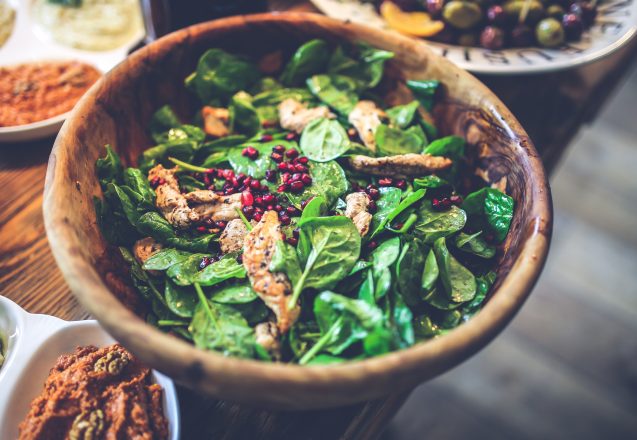
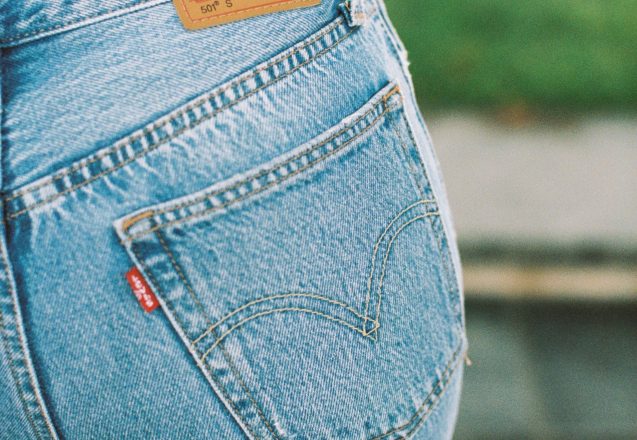
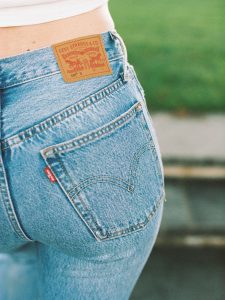 Sure it’s cute. Your special someone calls your donut roll/muffin tops, love handles, but it doesn’t make you any less self-conscious or embarrassed, no matter what your gender. Love handles are those rolls of excess fat at the side around your waist. They lap over the top of your jeans and make clothing fit uncomfortably tight around the middle. Getting rid of them can help restore your confidence, while you tone the rest of your body at the same time. Here are some workouts to get rid of love handles and some other helpful tips.
Sure it’s cute. Your special someone calls your donut roll/muffin tops, love handles, but it doesn’t make you any less self-conscious or embarrassed, no matter what your gender. Love handles are those rolls of excess fat at the side around your waist. They lap over the top of your jeans and make clothing fit uncomfortably tight around the middle. Getting rid of them can help restore your confidence, while you tone the rest of your body at the same time. Here are some workouts to get rid of love handles and some other helpful tips.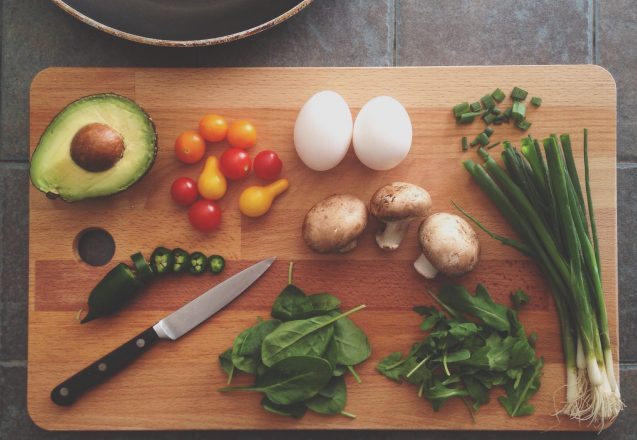
 Yes, there’s no doubt that you can lose weight without exercising, but why would you. Exercise makes the process of weight loss go much faster, plus it has other health benefits. Losing weight without exercising is like bailing water out of a boat with a teaspoon. It’s doable, but a whole lot tougher. Exercise does more than just burn calories, but if it only did that, it would be worth the time to add it to your schedule. Even if you only burn 200 extra calories every time, that translates to losing two extra pounds lost 35 days.
Yes, there’s no doubt that you can lose weight without exercising, but why would you. Exercise makes the process of weight loss go much faster, plus it has other health benefits. Losing weight without exercising is like bailing water out of a boat with a teaspoon. It’s doable, but a whole lot tougher. Exercise does more than just burn calories, but if it only did that, it would be worth the time to add it to your schedule. Even if you only burn 200 extra calories every time, that translates to losing two extra pounds lost 35 days.
 If you talk to the people who workout in our San Antonio, Texas gym, you know that they’ve already started to get swimsuit ready or they’re ready year around for more revealing clothing. If you haven’t already started, it’s not too late to get your body ready for summer. Even though it’s June, you still have three months of summer and you could look fabulous with time to spare for swimsuit weather and more revealing clothing that’s part of the season.
If you talk to the people who workout in our San Antonio, Texas gym, you know that they’ve already started to get swimsuit ready or they’re ready year around for more revealing clothing. If you haven’t already started, it’s not too late to get your body ready for summer. Even though it’s June, you still have three months of summer and you could look fabulous with time to spare for swimsuit weather and more revealing clothing that’s part of the season.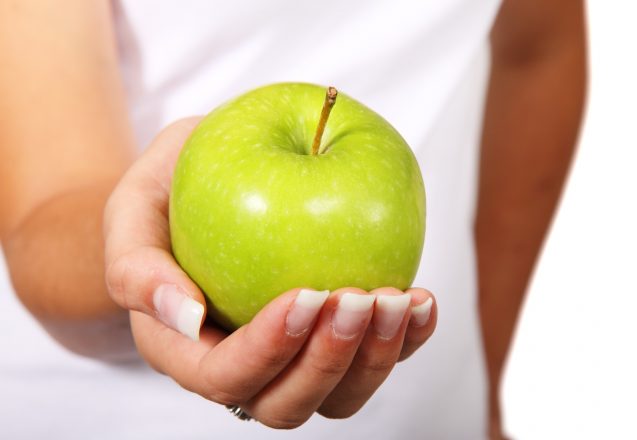
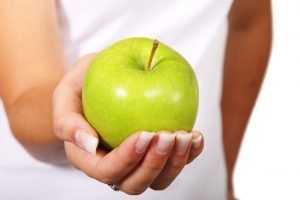 Eating healthy means consuming food that is closest to its natural state without processing. One of the favorite foods of many is the apple. The old saying that an apple a day can keep the doctor away has merit. Just eating one apple a day and the balance of your diet junk food, won’t put you on the road to good health, but it’s a start. There are many health benefits from apples that will add to your good health, especially when combined with other healthy food options.
Eating healthy means consuming food that is closest to its natural state without processing. One of the favorite foods of many is the apple. The old saying that an apple a day can keep the doctor away has merit. Just eating one apple a day and the balance of your diet junk food, won’t put you on the road to good health, but it’s a start. There are many health benefits from apples that will add to your good health, especially when combined with other healthy food options.
 Any plan for healthy eating and getting fit should include healthy snacks. Snacking has become an important part of a daily meal plan. When you have mid morning and mid afternoon snacks available, not only are you less likely to stop and grab a candy bar at the gas station, you’re also less likely to eat too much at normal meal time. Planning for healthy snacks means making sure they provide all the necessary nutrients to add to your daily diet, but also are lower in calories. Some snacks also need to be prepackaged in single serving sizes so you aren’t tempted to eat too much.
Any plan for healthy eating and getting fit should include healthy snacks. Snacking has become an important part of a daily meal plan. When you have mid morning and mid afternoon snacks available, not only are you less likely to stop and grab a candy bar at the gas station, you’re also less likely to eat too much at normal meal time. Planning for healthy snacks means making sure they provide all the necessary nutrients to add to your daily diet, but also are lower in calories. Some snacks also need to be prepackaged in single serving sizes so you aren’t tempted to eat too much.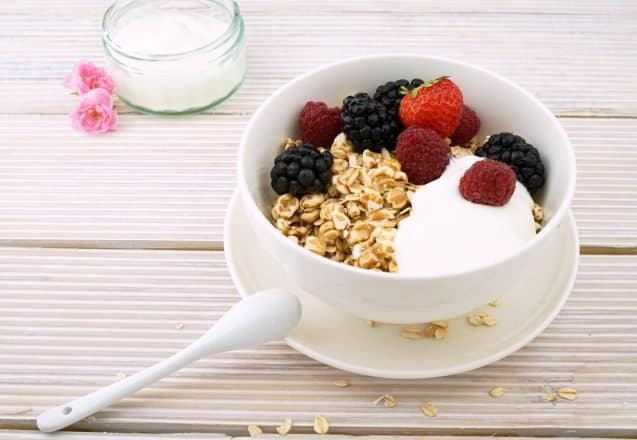
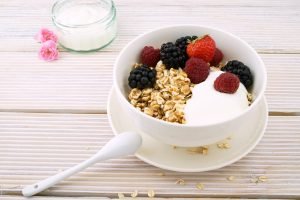 Do you have healthy microbiome? In case you’re wondering, I’m referring to the collection of microscopic bacteria, fungi, viruses archaea and eukaryotas that live in the body, mainly in the gut. These are actually now under consideration as a separate organ that promotes immune activity and digestion. You hear about these “belly bugs” everywhere. There are advertisements or yogurt as a probiotic, foods that provide prebiotic benefits to feed the probiotic bacteria and even more information on how healthy microbes can affect what might seem unrelated parts of the body. Microbiome even play a role in your mental health.
Do you have healthy microbiome? In case you’re wondering, I’m referring to the collection of microscopic bacteria, fungi, viruses archaea and eukaryotas that live in the body, mainly in the gut. These are actually now under consideration as a separate organ that promotes immune activity and digestion. You hear about these “belly bugs” everywhere. There are advertisements or yogurt as a probiotic, foods that provide prebiotic benefits to feed the probiotic bacteria and even more information on how healthy microbes can affect what might seem unrelated parts of the body. Microbiome even play a role in your mental health.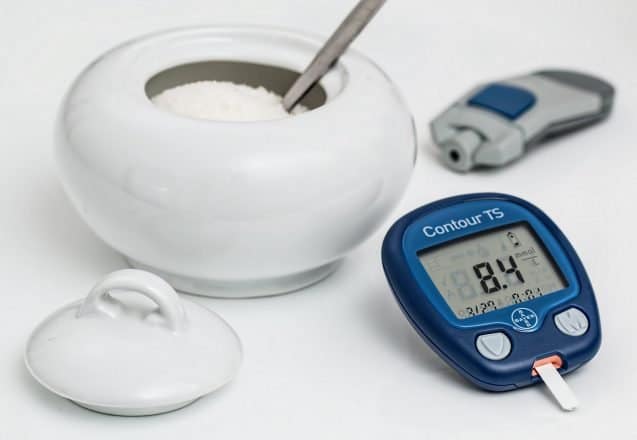
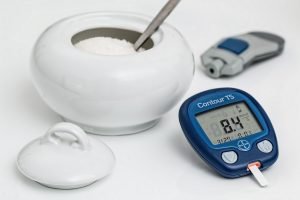 If you’ve never heard the term angiogenesis you’re lucky. It’s a term commonly used when discussing cancer treatment. Angiogenesis is a natural process that when running at its best, creates new blood vessels by splitting or growing new ones. It’s necessary to help heal wounds and part of normal growth, by which new blood vessels form, allowing the delivery of oxygen and nutrients to the body’s tissues. It is a vital function, required for growth and development as well as the healing of wounds. In fact, it’s also important to help heart disease, growing new vessels when others are clogged. However, when it’s not working correctly, it can boost the potential for cancer, diabetes and weight gain. I work with clients in San Antonio, Texas who fear the process, because they’ve only heard of it in association with these diseases.
If you’ve never heard the term angiogenesis you’re lucky. It’s a term commonly used when discussing cancer treatment. Angiogenesis is a natural process that when running at its best, creates new blood vessels by splitting or growing new ones. It’s necessary to help heal wounds and part of normal growth, by which new blood vessels form, allowing the delivery of oxygen and nutrients to the body’s tissues. It is a vital function, required for growth and development as well as the healing of wounds. In fact, it’s also important to help heart disease, growing new vessels when others are clogged. However, when it’s not working correctly, it can boost the potential for cancer, diabetes and weight gain. I work with clients in San Antonio, Texas who fear the process, because they’ve only heard of it in association with these diseases.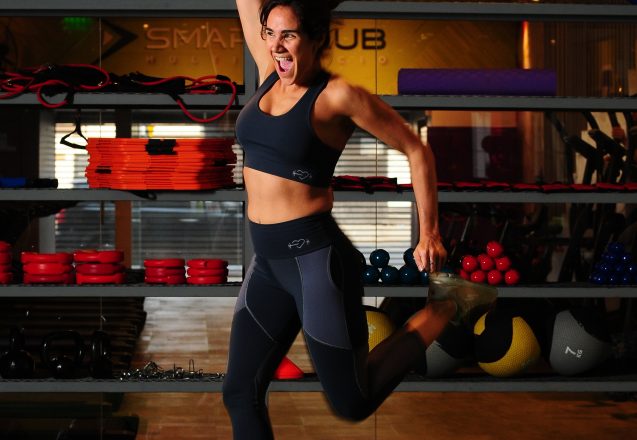
 There’s a lot of great changes that take place in your body when working out is part of your weekly routine. You might not see the changes immediately, but they definitely are occurring. I’ve seen clients attend their first workout and check out their reflection in the glass on their way out. I’ll be the first to say, you definitely won’t look thinner or fitter after just one session, but you might look a little healthier. There will be a glow to your skin with a hint of pink indicating increased circulation. You may even be smiling, since exercise boosts the happy hormones and decreases the stress hormones.
There’s a lot of great changes that take place in your body when working out is part of your weekly routine. You might not see the changes immediately, but they definitely are occurring. I’ve seen clients attend their first workout and check out their reflection in the glass on their way out. I’ll be the first to say, you definitely won’t look thinner or fitter after just one session, but you might look a little healthier. There will be a glow to your skin with a hint of pink indicating increased circulation. You may even be smiling, since exercise boosts the happy hormones and decreases the stress hormones.
 It doesn’t happen very often, but every once in a while I get a client that actually wants to workout to improve other things, like their vision or their cognitive skills. It’s true, working out makes your brain fit and can boost your mental powers dramatically. While everyone has the vision of the muscular athlete that has a box of rocks for brains, in reality, it’s just not true. Most athletes, particularly college athletes and pros, are extremely intelligent. One reason is the exercise they get and the experiences they have as athletes.
It doesn’t happen very often, but every once in a while I get a client that actually wants to workout to improve other things, like their vision or their cognitive skills. It’s true, working out makes your brain fit and can boost your mental powers dramatically. While everyone has the vision of the muscular athlete that has a box of rocks for brains, in reality, it’s just not true. Most athletes, particularly college athletes and pros, are extremely intelligent. One reason is the exercise they get and the experiences they have as athletes.